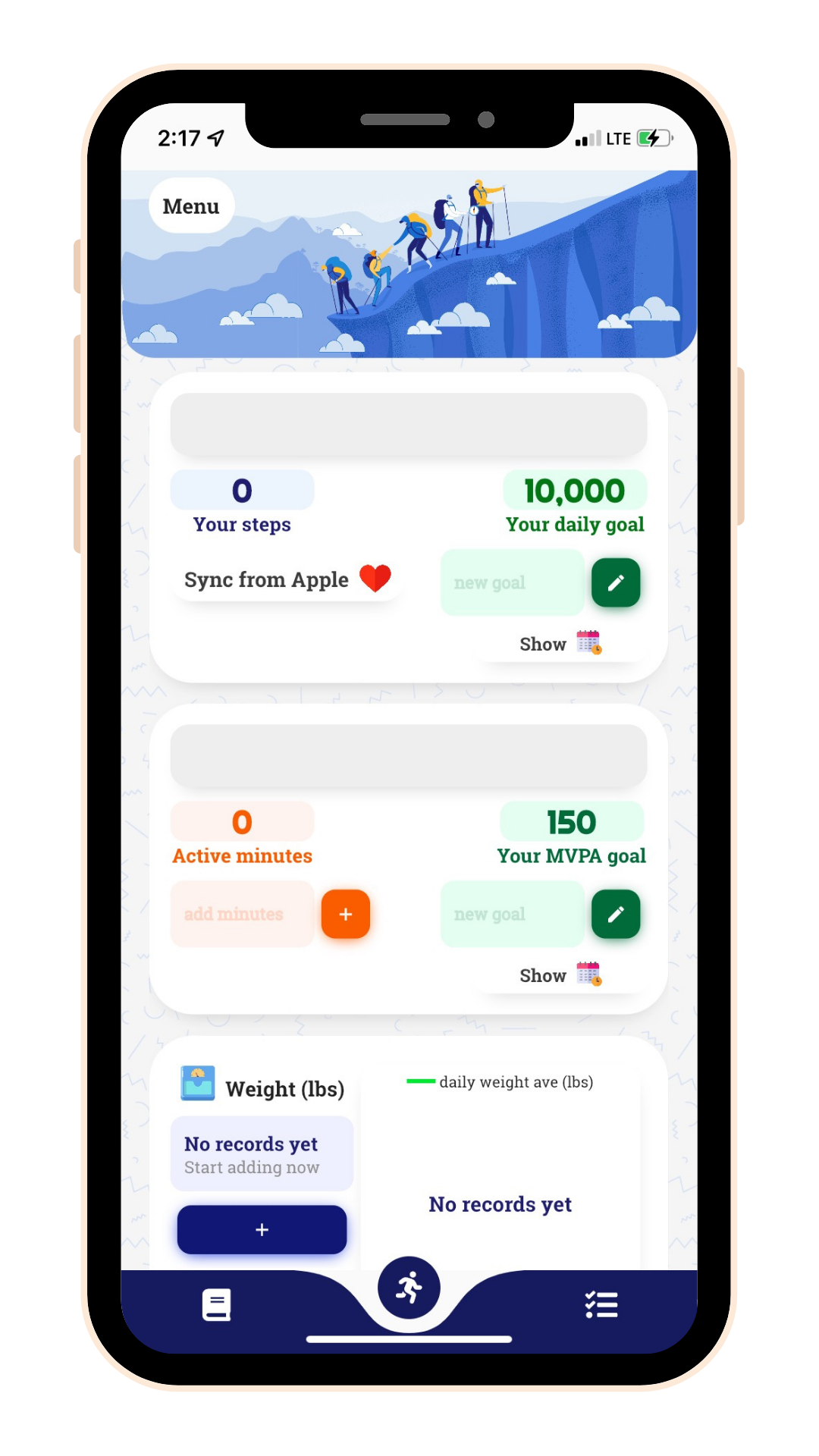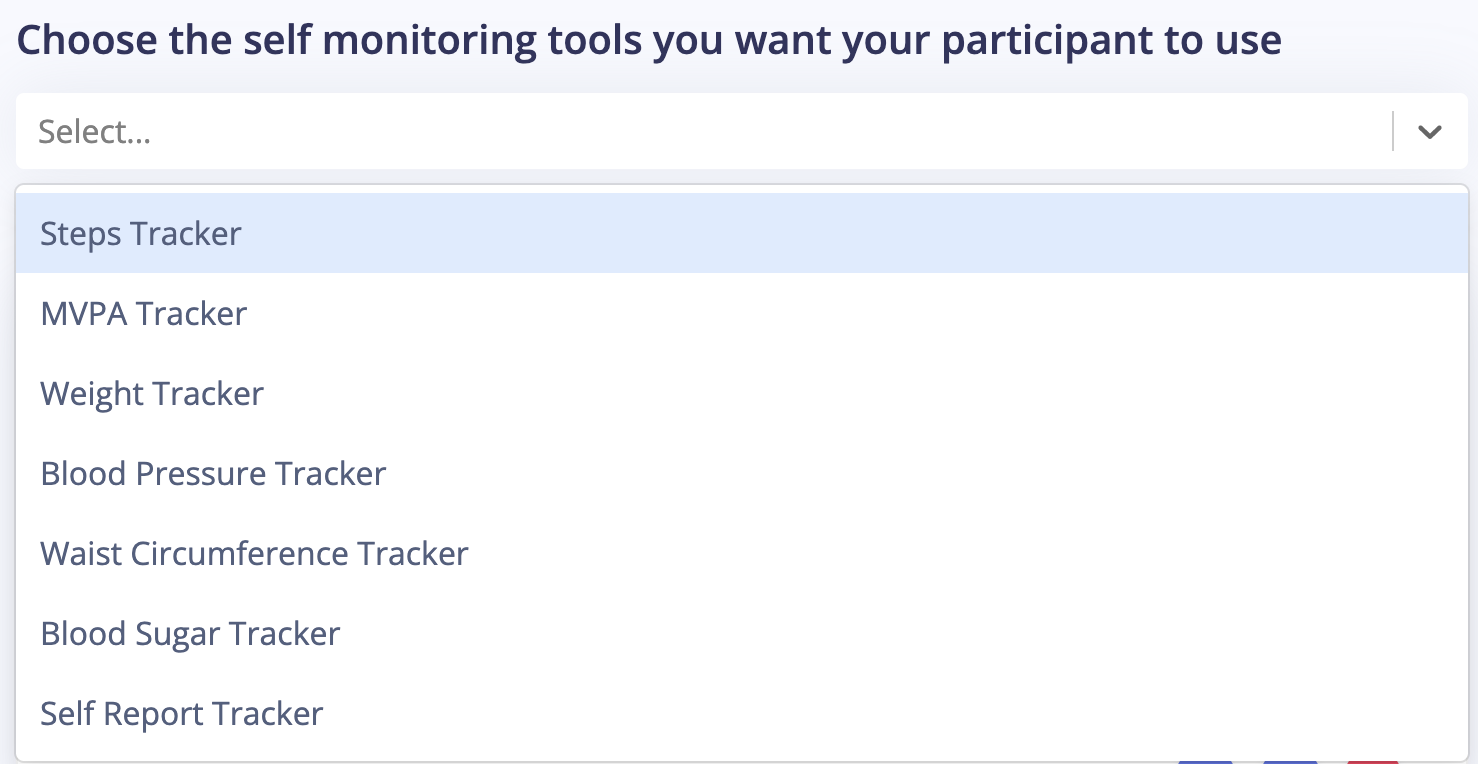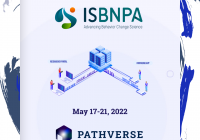We’ve added a new customizable feature to our Admin portal!
Self-monitoring, defined as keeping a specific behavioural record as a method for changing behaviour [1], is one of the many techniques used to help individuals feel empowered of their actions. This can be applicable across many domains, including in the prevention and management of chronic disease, high-level athletic performance tracking, and general health-monitoring. The positive impacts of self-empowerment heightened with self-monitoring has been established in both web [2] and mobile [3] interventions. Further, participation in self-monitoring behaviours has led to an increase in satisfaction and adherence to health intervention programs [4] and has potential to lead to long term adherence to positive health behaviour changes [5].
At Pathverse, we want to harness this empowerment and have therefore added a feature to allow researchers to select the self-monitoring tools they would like to employ in their Studies.
Researchers can select from the following list of self-monitoring tools:
- Daily steps (synced from Apple Health or Google Fit)
- Moderate-to-vigorous physical activity minutes log
- Blood pressure log
- Weight tracker
- Waist circumference log
- Blood sugar log
- Exercise self-report journal, including prompts for exercise name, intensity, enjoyment level, duration, and rating of perceived exertion

Within a Study on the Admin portal, you can select as many of these trackers as necessary for your Study!
Take a look:

Interested in a self-monitoring tool you don’t see here? Let us know!
References
[1]. Compernolle, S., DeSmet, A., Poppe, L., Crombez, G., De Bourdeaudhuij, I., Cardon, G., van der Ploeg, H. P., & Van Dyck, D. (2019). Effectiveness of interventions using self-monitoring to reduce sedentary behavior in adults: a systematic review and meta-analysis. International Journal of Behavioral Nutrition and Physical Activity, 16(1), 63. https://doi.org/10.1186/s12966-019-0824-3
[2]. Samoocha, D., Bruinvels, D. J., Elbers, N. A., Anema, J. R., & van der Beek, A. J. (2010). Effectiveness of Web-based Interventions on Patient Empowerment: A Systematic Review and Meta-analysis. Journal of Medical Internet Research, 12(2), e23. https://doi.org/10.2196/jmir.1286
[3]. Mahmood, A., Kedia, S., Wyant, D. K., Ahn, S., & Bhuyan, S. S. (2019). Use of mobile health applications for health-promoting behavior among individuals with chronic medical conditions. DIGITAL HEALTH, 5, 205520761988218. https://doi.org/10.1177/2055207619882181
[4]. Schnall, R., Mosley, J. P., Iribarren, S. J., Bakken, S., Carballo-Diéguez, A., & Brown III, W. (2015). Comparison of a User-Centered Design, Self-Management App to Existing mHealth Apps for Persons Living With HIV. JMIR MHealth and UHealth, 3(3), e91. https://doi.org/10.2196/mhealth.4882
[5]. Tudor-Locke, C., Bassett, D. R., Swartz, A. M., Strath, S. J., Parr, B. B., Reis, J. P., DuBose, K. D., & Ainsworth, B. E. (2004). A Preliminary study of one year of pedometer self-monitoring. Annals of Behavioral Medicine, 28(3), 158–162. https://doi.org/10.1207/s15324796abm2803_3







